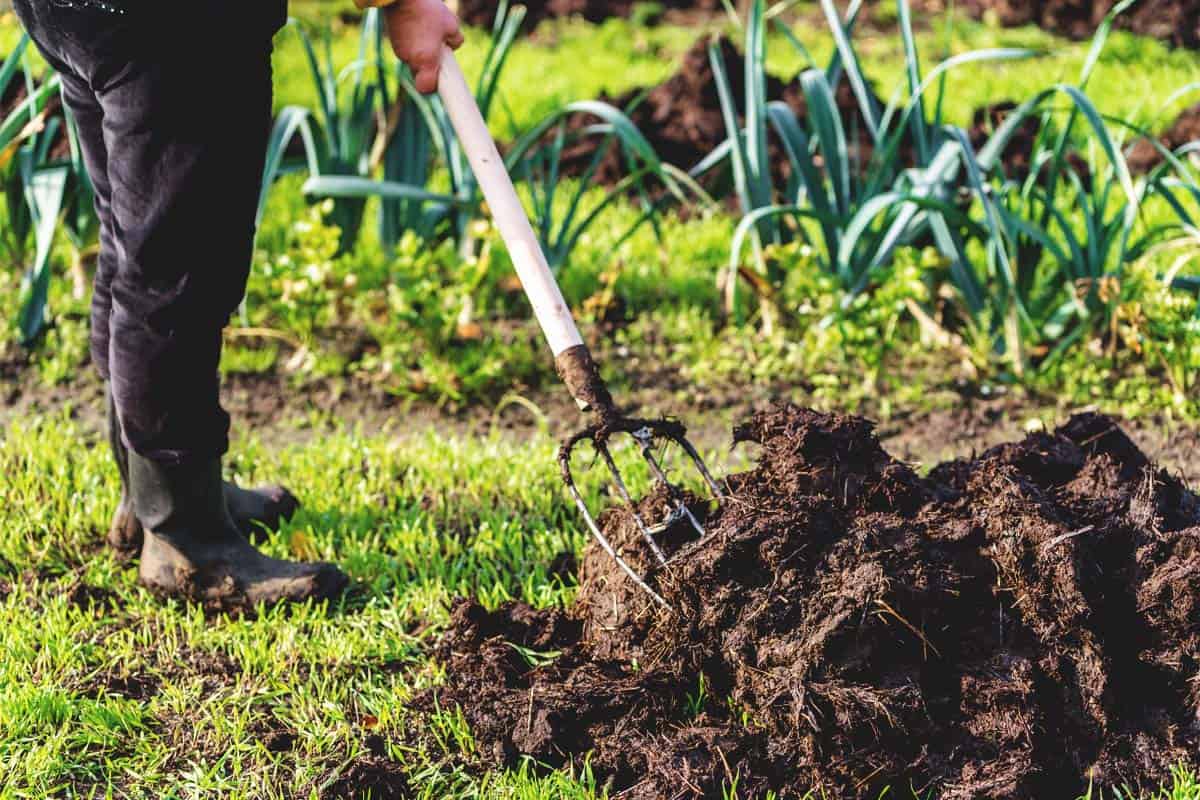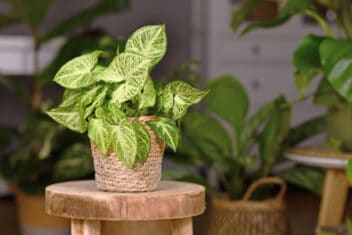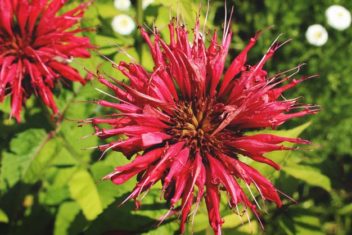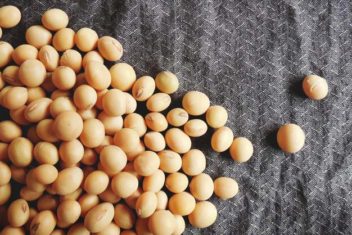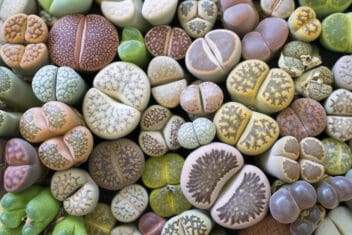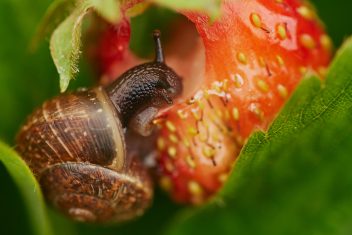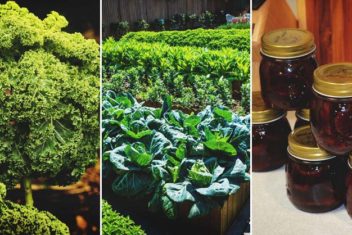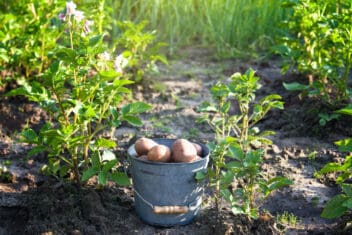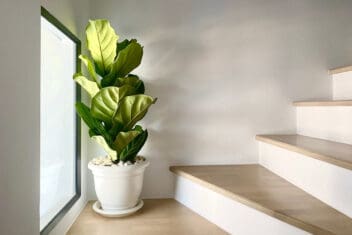A homestead garden is a long-term commitment. It can take between 5-10 years just to develop high-quality soil. By gradually improving your soil year after year, your harvests will become more abundant, and you will find that it is easier to manage.
Ten years may sound like a long time if you are just getting started. But when you consider that planned long-term garden care will provide you with food and beauty for the rest of your life, it’s a completely worthwhile investment.
If you are brand new to homestead gardening, here are some helpful primers to guide you through those early stages.
- Survival Garden: Everything You Need to Know to Get Started
- The Pros & Cons of 18 Gardening Methods and Which One is Right for You
- How to Create a Potager Garden: An Aesthetically Pleasing Kitchen Garden
- 14 Do’s and Don’ts of Growing an Organic Vegetable Garden
- An Essential Guide to Self-Sufficient Gardening with 17 Staple Crops
- 6 Smart Strategies for Starting Seeds on a Shoestring Budget
Once you have covered these basics, though, there are some other things you must do each year to superpower your soil development, pump up your production, and get on the fast-track to the lovely land of loamy, rich soil and an amazingly beautiful, abundant garden.
Let’s get started then with the 10 tips for long-term garden care to create your own bit of paradise.

Tip 1: Plan Ahead for Your Long-Term Garden
One of the best ways to increase your garden productivity is to sit down and plan your garden for the entire year. Most people plan their spring plantings, but forget to plan what comes next. You end up with empty garden beds that could have been put to good use growing more food.
Our planting calendar will get you started in spring. But we also include date ranges for plant starting that allow you to succession plant the things you want to eat all season. Plus, the latest dates can be used to start plants that you will plant in summer and grow through fall and winter.
Tip 2: Include Cover Crops
Once you start spending time building your soil, the absolutely worst thing you can do for your garden is to leave it unplanted. Soil improvement is all about supporting the soil life in the soil so they can support your plants.
If you leave your soil unplanted at any point in the year, it’s basically like turning off the electricity to a fully-occupied apartment building. Without plants, soil inhabitants will suffer extremes of heat cold, weather, wind, dryness, sogginess, and more. They are also unable to work and eventually starve.
Have cover crop seeds on hand and ready to sow so all your soil residents – who help supply your food — don’t suffer the hardship that comes from having their plant power turned off.
Tip 3: Work with Weeds
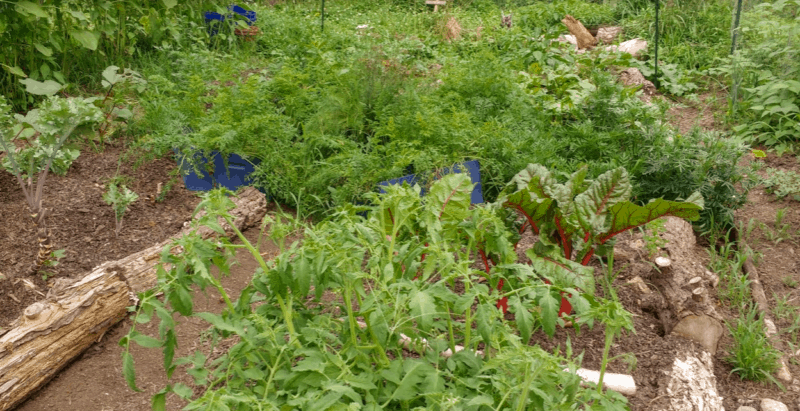
I love the look of a structured, managed garden as much as anyone, and actively plan towards it with my long-term garden care approach. But I also understand that weeds play a valuable role in soil and environmental development. Rather than disparage and hate on weeds, try to appreciate their function in nature and use them to benefit your garden.
Also, don’t panic if they do get out of control. Often when you start amending soil, weed seeds that have been dormant for years suddenly germinate and grow like crazy.
Take that as a sign you are on the right track. Then, use some simple bed restoration techniques to reclaim your garden beds, such as using leaf-mold.
Tip 4: Customize your Compost
Not all composts are equal. The best compost is made up of as many different ingredients as you can get your hands on. The challenge though is getting the right ratios of carbon to nitrogen for your compost to get hot, minimize pathogens, and kill unwanted seeds.
Luckily, we’ve got a great compost calculator that can help you compost anything like a professional in your own backyard. Using carbon to nitrogen ratios is more involved than throwing stuff in a pile and letting it sit around for two years until nature finishes the job.
Yet, once you compost using the calculator a few times, you’ll develop a knack for hot composting that will make managing your soil fertility so much easier.
Tip 5: Add Compost With Care
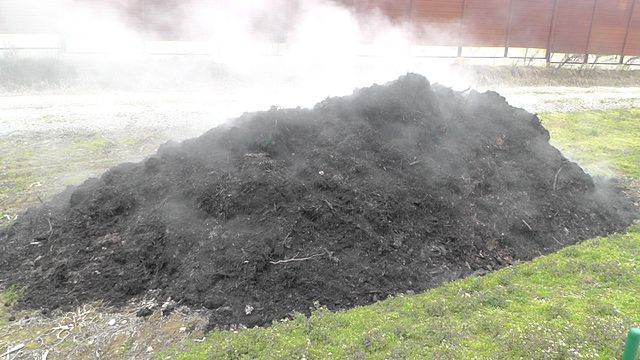
If you have clay or sandy soil, then you can get away with adding 3-4 inches of compost a year for the first few years of your long-term garden care plan. That quantity will supercharge your soil, improve drainage, and support the growth of needy vegetables even though you have poor soil quality.
Once your soil turns the corner toward loam, if you add that much compost you can destabilize your soil and stunt your plants. That’s because loam only happens when the soil has higher levels of fully decomposed organic matter called humus.
– Humus
Humus is made up of humic and fulvic acids that stabilize nutrients in the soil and better support beneficial bacteria and fungi. They also help plants uptake minerals at more efficient rates than in soil without lots of humus.
As your humic content increases, your compost needs decreases. You’ll probably always need to add an inch or two of compost each year. But rather than applying compost on a set schedule, start thinking about applying at the rate your soil needs it.
– Apply on Demand
Soil eats compost. Or, at least this is what it looks like from a gardener’s perspective.
We apply the stuff. The soil appears dark black for a while. Then after a few months, the compost is less obvious, the black color lightens to brown again. More clay, silt, or sand are evident in the soil texture.
At this point, when your compost seems to have mostly disappeared into your soil, then you know its time to apply more.
Tip 6: Buy in Bulk
Until you achieve loamy soil, though, it’s nearly impossible to meet the compost demands of your homestead garden with kitchen scraps and chicken manure alone. So, lots of us truck in bulk compost or mulch for the first 5 years.
Bulk shipments can save you money and are a whole lot easier and more environmentally sound than lugging in lots of plastic bags of the stuff. We’ve also got an awesome bulk materials calculator that can help you determine how much to order and stay on budget.
Tip 7: Alternate Amendments
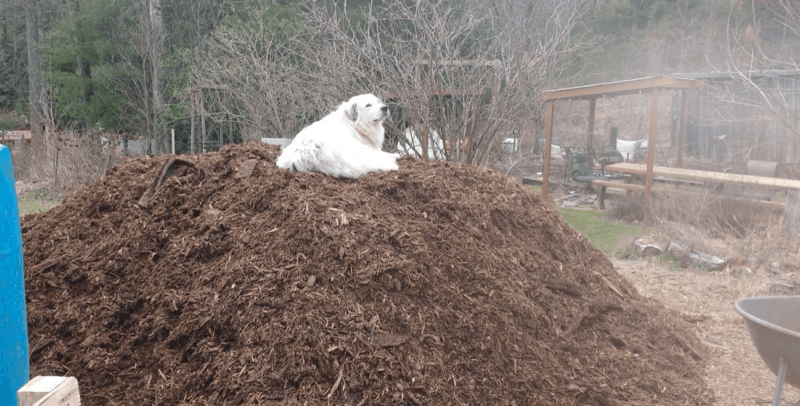
The downside of bulk amendments is that often the only compost available for bulk delivery is cow manure which works great for the first few years. of your long-term garden care plan. But after a while, it starts to overload your garden with minerals your plants don’t need.
Those extra nutrients can run off in rains and be wasted. Or worse, they can reduce your plants’ uptake of other key nutrients and reduce your garden productivity.
– Decomposed Wood Chips
So make your own cow manure compost alternative by creating a large pile of wood chips with a wood chipper every 3 years. Let it hot compost and decompose until it is a fine crumbly material with a pH of 6.5.
This takes 2-3 years depending on the wood type used and how fine your chips are. But, it’s the perfect answer to periodically replace cow manure as your compost of choice.
– Green Grasses
Well-rotted hay and lawn clippings are also a great alternative to give your garden a break from cow manure. Just make sure they are well-aged before you add them or they can be too nitrogen-heavy.
– Leaf Mold
Leaf mold, also called leaf compost, is also a great interim fertilizer to give your garden a break from animal manures.
Tip 8: Fertilize
Fertilizer is sometimes considered a dirty word in organic gardening. But that’s because most people associate it with cheap synthetic fertilizers.
Organic fertilizers are a different tool altogether. Using them is just like applying compost, except that you know the nutrient content. Your soil micro life will still need to decompose organic fertilizer to make their nutrients available to plants.
Most organic fertilizers take about a month to decompose before they feed plants. If you apply it to your beds when you plant your seeds, the fertilizer nutrients tend to be available exactly when young plants are established enough to begin growing quickly.
Also, use our fertilizer calculator to determine exactly how much fertilizer your vegetables need. Then, you can save money by making your own fertilizer mixes at home, which is another benefit of implementing long-term garden care.
Tip 9: Use Legume Inoculant
If you plant any peas, beans, or legume cover crops like clover, apply this with rhizobia bacteria inoculant. Your bacteria will begin to fix nitrogen faster. Then, instead of pulling your entire spent plants from the ground, leave the roots to decay in your garden beds.
The nitrogen nodes fixed by the rhizobia will decay back into the soil and be available to whatever you plant next. After a few years of applying inoculant, you’ll have an established rhizobia population in your garden and won’t need to apply it anymore.
Tip 10: ACT Often
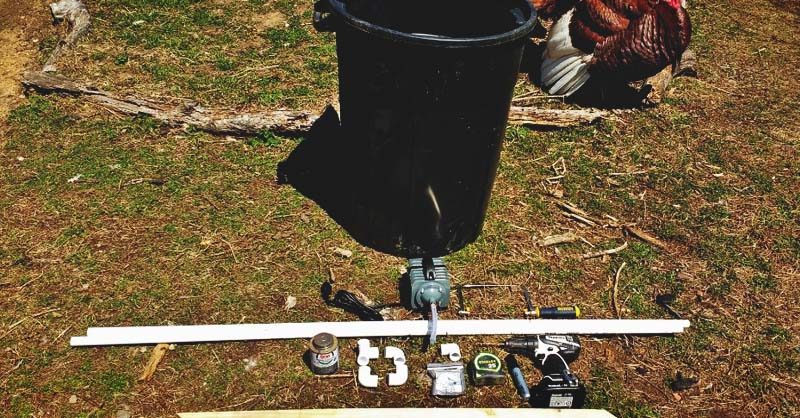
Actively aerated compost tea (ACT), when made properly is full of beneficial bacteria and fungi. If you apply to your plant leaves and soil, you can help increase the micro life in your soil quickly.
I will warn you that there’s very little scientific research to support the benefits of ACT. The tests that have been conducted are limited in scope and not used in conjunction with all the other organic gardening practices detailed above.
But I’ll also tell you that in my own experience, using ACT while amending with compost and practicing good organic garden management, has elevated my garden to a whole new level of health, and that is exactly what you want as part of long-term garden care.
My plants are more vigorous and have fewer nutrient deficiencies and diseases. Also, because ACT seems to make plants more tolerant to environmental stress like excessive heat, humidity, or dryness I can grow varieties that didn’t use to perform well in my climate.
The Garden That Keeps on Giving

If you put in the effort to improve your soil each year, your garden will get easier to manage and more productive over time. With long-term garden care, you’ll have healthier plants that require less care. That will leave you more time to simply enjoy being in your garden.
So, my last bit of garden advice is don’t forget to incorporate some features just because you love them. Adding a cut flower bed, giving yourself a bistro-style seating area, a cozy courtyard to relax in, or putting in a pollinator plot will make your garden a destination for relaxation and appreciation.
